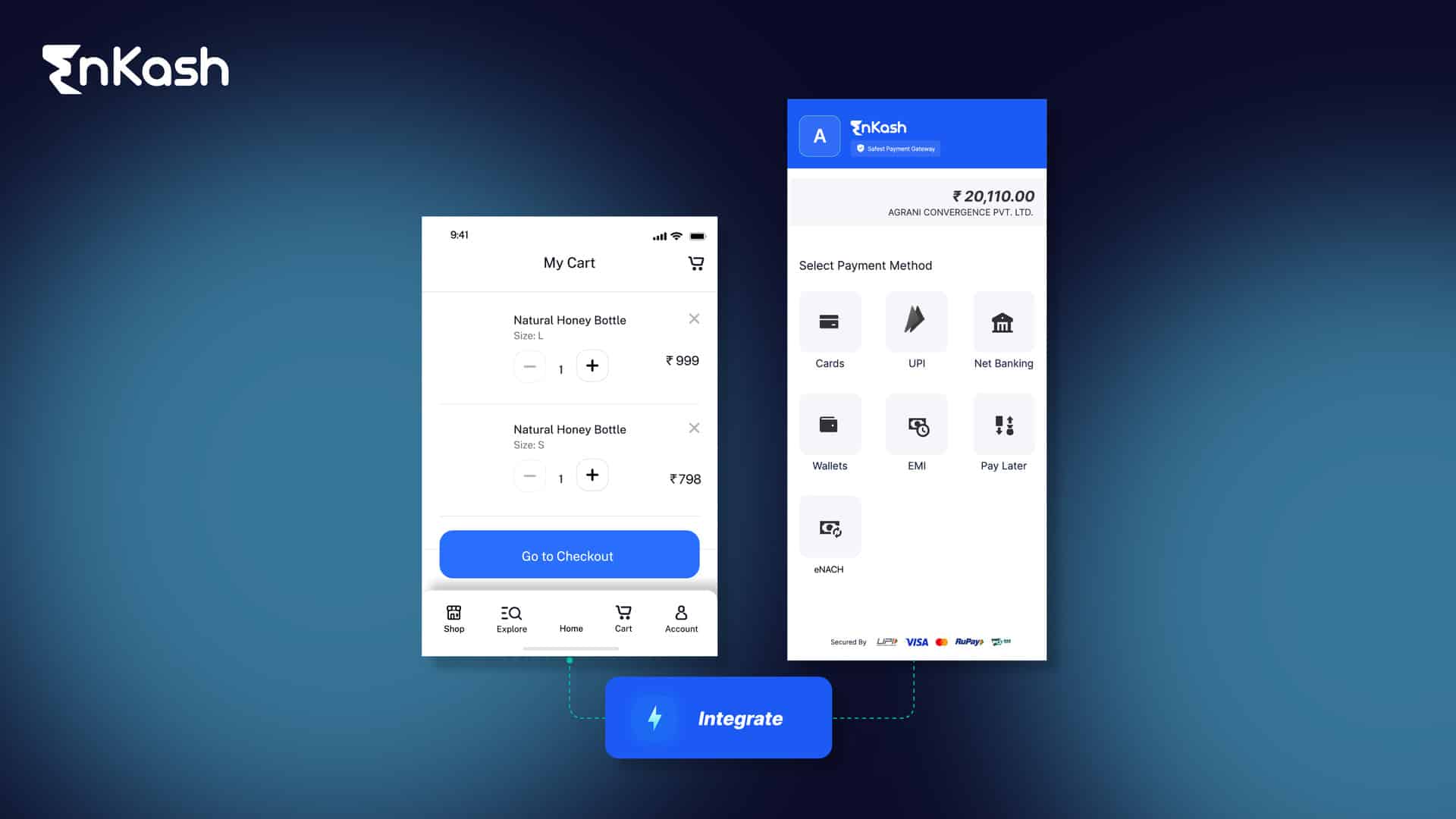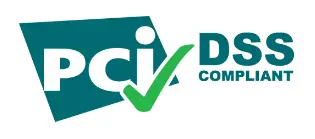Understanding what bookkeeping is is essential for anyone managing a business’s finances. Bookkeeping refers to recording and classifying financial transactions as per occurrence in an organized system. Whether you are running a micro business or a huge enterprise, you must know bookkeeping and its use to better understand your business finances and compliance with tax authorities. In this blog, you will come across what bookkeeping is, why it is important, methods and best practices for how bookkeeping can be used appropriately in managing finances.
What is bookkeeping?
Bookkeeping meaning refers to the systematic recording of everyday business financial transactions including purchases, sales, receipts, and payments. A system of bookkeeping is usually provided by accounting. Accounting also ensures that relevant and correct records are kept for compiling the income statement or balance sheet reports.
The bookkeeping definition involves more things than simple transaction listing. Simply put, it is accurate and open maintenance of a system, keeping track of financial activities in a company. If all data are inscribed into a proper set of journals, businesses would keep a clear understanding of cash flows, adhere to income tax laws, and measure performance by keeping consistent records. Hence, there is a real need for true bookkeeping, meaning to have a structured account that maintains growth and long-term efficacy.
If you’d like detailed information, read this article on Bookkeeping vs. Accounting.
Importance of Bookkeeping
Effective bookkeeping is a cornerstone of any business’s financial management. Here are the key reasons why it is vital:
1. Financial Monitoring
Bookkeeping provides an organized method for keeping up with the flow of all financial activities. By recording transactions regularly, businesses will be able to see at any given instant their financial health. Consistent observation of financials ensures setting a more accurate budget, forecasts, and financial plans, which enable firms to identify trends and opportunities.
2. Tax Compliance
Keeping books regularly is one of the important facts in ensuring that a business complies with tax laws. Well-kept financial records make it easy to file a tax return with sufficient data and reduce the chances of mistakes and penalties. Organized bookkeeping records will also serve as essential documentation in audits to verify income and expenses.
3. Makes Informed Decisions
The primary purpose of good financial records is to provide accurate financial data on which business owners and managers would make informed decisions—whether it is on operational expansion, debt management, or resource allocation—using precise financial information that allows better planning and execution.
4. Prevent Financial Mismanagement
Improper financial record keeping can lead to expensive mistakes such as missed payments and overdraft accounts, not to mention fraud that goes undetected. Good bookkeeping diminishes such risks and assures you of transparent, clear, and comprehensive records of all financial activities that ensure resources win disbursement efficiently and economically.
5. Legal Protection
For businesses that are under audits or investigations, well-detailed bookkeeping offers protection. The well-organized records will provide transparency of the transactions by the company and compliance with financial regulations, which may protect the business against disputes.
Bookkeeping Methods
Business bookkeeping methods are different from each other according to their size, nature, and complexity of financial activities. Thus, choosing the right method ensures accurate financial management as well as compliance with the regulations. Here are the major bookkeeping methods that businesses can consider.
1. Single-Entry Bookkeeping
Single-entry bookkeeping is a simple and uncomplicated method.
How it works: Every transaction is recorded, either as income or as an expense.
Usage: It is widely used by small businesses, freelancers, and/or sole proprietors with minimal financial activity.
Advantages:
- Simple to set up and run.
- Requires little bookkeeping knowledge.
- Cost-effective for small operations.
Limitations:
- Provides only a limited financial view.
- Unsuitable for businesses dealing with complex transactions.
- Difficult to bring up errors or fraud due to no checks and balances.
- Single-entry bookkeeping fits small-scale businesses, but it doesn’t satisfy the requirements of growing companies that want to have a detailed overview of their finances.
2. Double-entry Bookkeeping
Double-entry bookkeeping is the most extensive and popular process of keeping financial records.
How it works: It records every transaction twice: once as a debit and the other time as a credit in their respective accounts. For instance, when a sale is done, it is written as income (credit) and also as an increase in cash or receivables (debit).
Usage: Preferable medium to large businesses or even any company that deals with complex transactions.
Advantages:
- Accuracy and finding errors are minimized.
- A full picture of financial health.
- Simplifies the preparation of financial reports such as balance sheets and income statements.
Limitations:
- More knowledge and time are required for maintenance.
- Professional assistance renders this method expensive for small enterprises.
- Best suited for companies that require detailed financial analysis for decision-making and compliance.
3. Accrual Basis Bookkeeping
Accrual basis Bookkeeping is a bookkeeping method wherein transactions are recorded as they happen regardless of the time that cash is exchanged.
How it works: Revenue is recognized once earned, while all expenses are recognized as they are incurred. For instance, if the business renders a service in December but collects payment in January, the revenue is recognized during December.
Use: Appropriate for companies that grant credit or run a massive organization with multiple sources of income.
Benefits:
- Actual representation of financial health.
- Proper for long-term financial planning.
- Corresponds with Generally Accepted Accounting Principles (GAAP).
Limitations:
- Difficult to manage when there is no proper training or tools.
- Cash flow may seem distorted when not kept under close watch.
- It is proposed that accrual basis bookkeeping be used in businesses that are high on credit transactions or contractual obligations.
4. Cash Basis Bookkeeping
Cash basis bookkeeping is the simplest bookkeeping method, where income and expenditure are recorded only upon cash being received or paid.
How it works: Income is recorded when cash is physically received, while expenses are recorded at the time of cash payments. For example, customers pay for their goods and services in March; they are recorded as in March no matter what happened with the service provision.
Usage: Mostly by small businesses, startups, and freelancers whose transactions are relatively straightforward.
Benefits:
- Easy to apply and understand.
- Provides clear insight into cash flow
- Ideal for businesses focused on short-term financial management.
Limitations:
- Does not account for outstanding receivables or payables.
- May not provide an accurate financial picture over time.
- Cash basis bookkeeping is suitable for small businesses with limited transactions or those prioritizing cash flow management over comprehensive reporting.
Ways to Record Entries in Bookkeeping
Accurately recording transactions is the backbone of effective bookkeeping. The method a business chooses for recording entries depends on its size, resources, and specific needs. Below are detailed ways businesses can record transactions in bookkeeping:
1. Manual Recording
Definition: Manual recording refers to writing actual financial transactions into a book or ledger notebook.
Application: Mostly applied by small businesses because of few transactions or starts.
Advantage:
- Cheap because there are no sophisticated tools to use.
- Fairly easy to set up with little training
Disadvantages:
- Time-consuming and labor-intensive.
- Fall prey to human error, miscalculating, or missing an entry.
- Difficult to maintain given a very active transactional scenario.
- Manual recording is simple but can quickly become cumbersome for a business that grows or requires stricter records.
2. Spreadsheet Packages
Overview: Many businesses use spreadsheet packages like Microsoft Excel and Google Spreadsheets as a method of electronically recording the income and expenditure transactions.
Usage: Most suitable for small to medium-sized companies wanting something neater than manual record keeping.
Advantages include:
- Templates for financial records are available that can reduce the setup time.
- Easier sorting, filtering, and analyzing data.
- Overall affordable due to its mass availability.
Disadvantages:
- Needs a lot of attention to input manually
- Loss of data, because files will go unprotected
- Very limited automation as compared to specialized systems.
- Spreadsheets are very helpful, but keep in mind that these can only be a slight upgrade over manual methods while allowing complete flexibility at the same time with proper attention.
3. Accounting Software
Overview: This type of software automates the entire process of bookkeeping, from QuickBooks and Xero to FreshBooks.
Use: Useful in households and businesses of all sizes where they want the accuracy of calculations plus efficiency.
Pros:
- Tracks transactions automatically without physical effort.
- Prepares financial statements like an income statement and a balance sheet with ease.
- Has detection for errors built inside to double-check the accuracy of data entered.
Cons:
- Initial investment and setup have been done.
- Training might be necessary to have the best experience in the usefulness of the program.
- Accounting software works not only technically but also in the business sense for time-sensitive organizations and their priority for well-kept records.
4. Online Accounting
Brief Overview: It extends accounting software by saving the data in a cloud-based server where someone can access it remotely.
Applications: Beneficial to companies with remote teams or multiple sites.
Benefits:
- Ensures that financial records can be accessed anytime and anywhere securely.
- Provides automatic data backup, thus reducing the risk of data loss.
- Allows real-time collaboration between team members and accountants.
Disadvantages:
- Needs a strong, stable internet connection.
- Subscriptions can become a regularly recurring cost.
- Modern Cloud-Based Bookkeeping: This is a solution that suits businesses that want convenience, security, and scalability.
Best Practices for Bookkeeping
Maintaining accurate and efficient bookkeeping is essential for financial transparency and business success. Here are some best practices to follow:
1. Maintain Uniformity
- Keep to the same bookkeeping (single-entry or double-entry) method throughout the financial year.
- Consistent recording reduces errors and ensures reliable financial data that can be reported in reports and audits.
2. Distinguish Between Business and Personal Finances
- Separate bank accounts for transactions about the business.
- This makes good sense and helps to prevent confusion in the case of mixed-up reporting.
3. Utilize Accounting Software
- Invest in good and reliable visitation of accounting software to improve bookkeeping.
- Automate invoicing, tracking expenses, and report generation for optimum convenience.
4. Reconcile Accounts on a Routine Basis
- Check financial records regularly with bank statements.
- Regular balances help to catch discrepancies early in the process and to be able to put them up accurately in the filed financial data.
5. Keep All Receipts and Invoices
- Maintain physical or electronic copies of all receipts and invoices resulting from business transactions.
- Organized documentation makes for easier tax filing and provides essential proof in case of an audit.
6. Hire a Professional
- Hire a professional bookkeeper or accountant when the handling of the books becomes overwhelming.
- Such professionals abide by the tax laws, keep accurate records, and thus save time and effort for business owners.
Conclusion
In conclusion, understanding what bookkeeping is and knowing its importance is essential for every business that seeks financial organization and compliance. A bookkeeping definition is much more than transaction recording; it implies the accurate records with which one makes sound financial decisions. Only knowing bookkeeping methods, best practices in their application, and the right tools will set real businesses on their way to financial success.
FAQs
What is bookkeeping, and why is it important for businesses?
Bookkeeping is maintaining systematic recording of all the operations related to finance. It is significant since it helps maintain proper and accurate financial account keeping, tax filing, and meaningful decision-making.
What are the different bookkeeping methods?
The main bookkeeping methods include single-entry, double-entry, accrual, and cash-basis bookkeeping.
What is a journal in bookkeeping?
A journal is a record that summarizes all transactions affected by business; journal entries specify how the transactions affect accounts and balances.
Which documents are necessary for bookkeeping?
Essential documents include invoices, receipts, bank statements, payroll records, and records of every financial transaction.
Can I do bookkeeping manually?
Yes, manual accounting is very time-consuming, and there is a chance of producing errors. Almost all areas of accounting may now be automated, and this makes the entire process more efficient.
What is the difference between bookkeeping and accounting?
Bookkeeping is concerned with the recording of financial events, while accounting is collecting, analyzing, interpreting, and presenting historical data as a report in terms of money value.
Do small businesses require bookkeeping software?
Though not a requirement, bookkeeping software is beneficial because it helps make record maintenance easier, eliminates calculations, and brings down the chances of many errors.
How often should bookkeeping records be updated?
The ideal bookkeeping records should be done daily or weekly because it guarantees accurate and timely updated financial data.
What are common mistakes in bookkeeping?
There are common mistakes like not keeping track of expenses, misstatements in accounts, and mixing up personal and business financial values.













